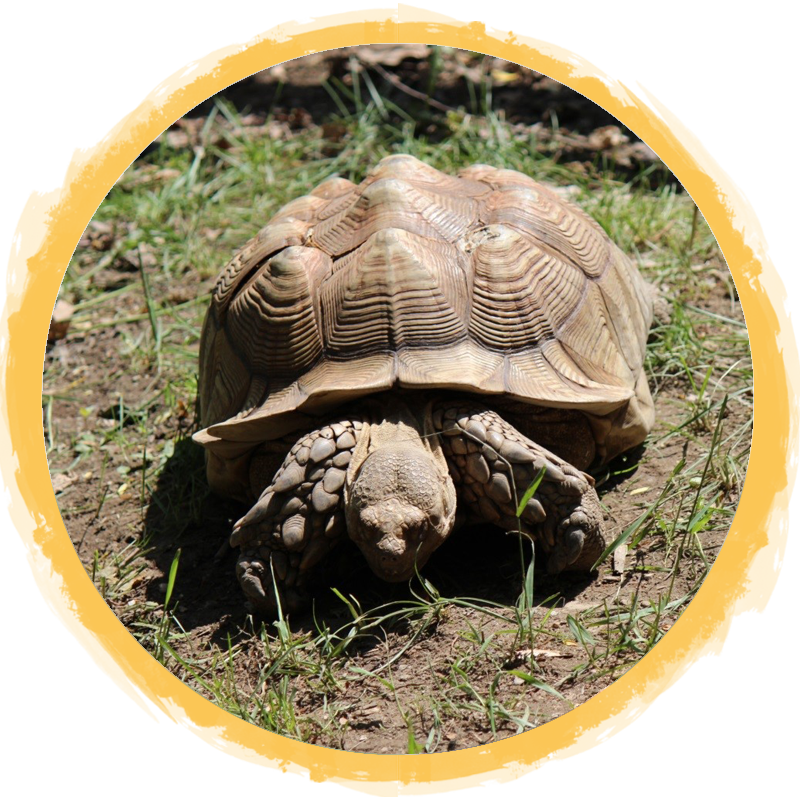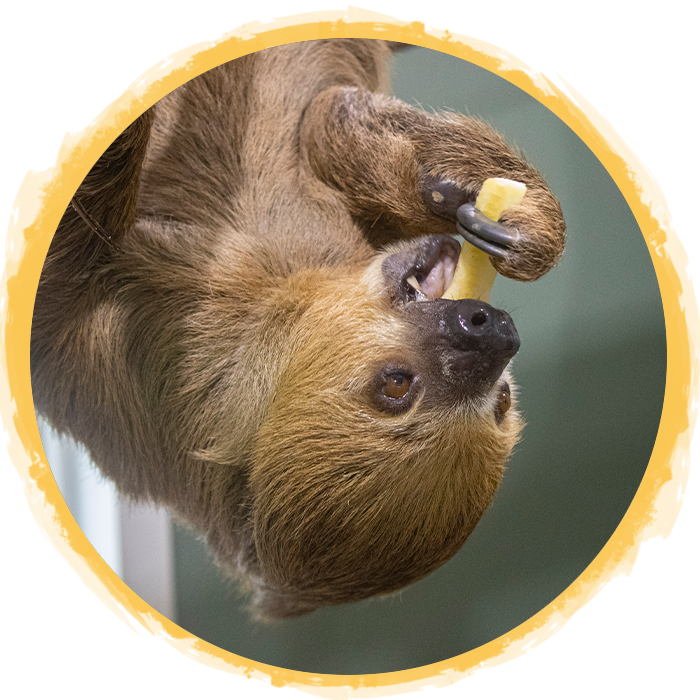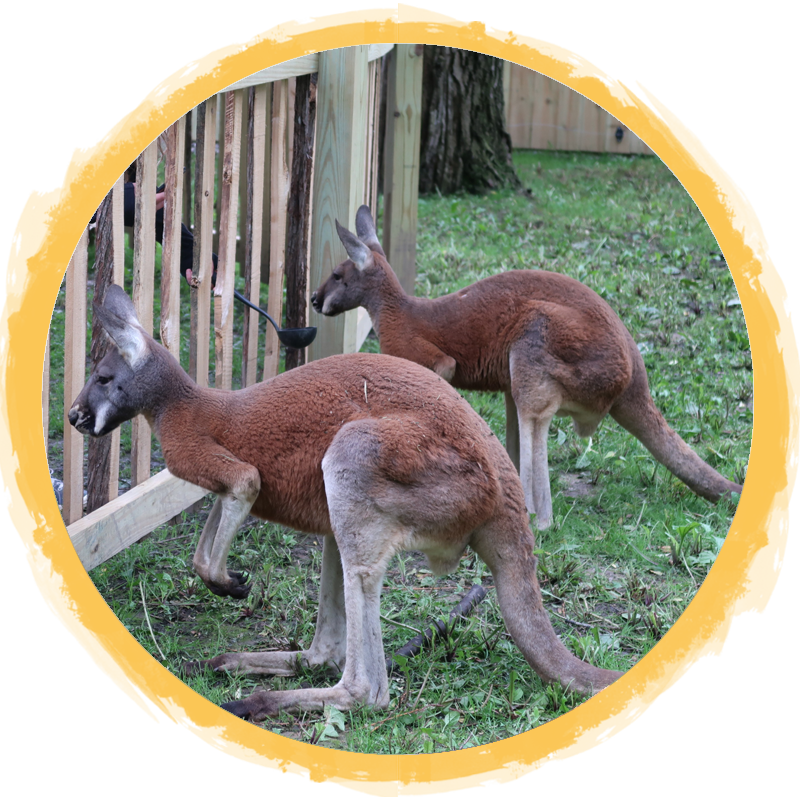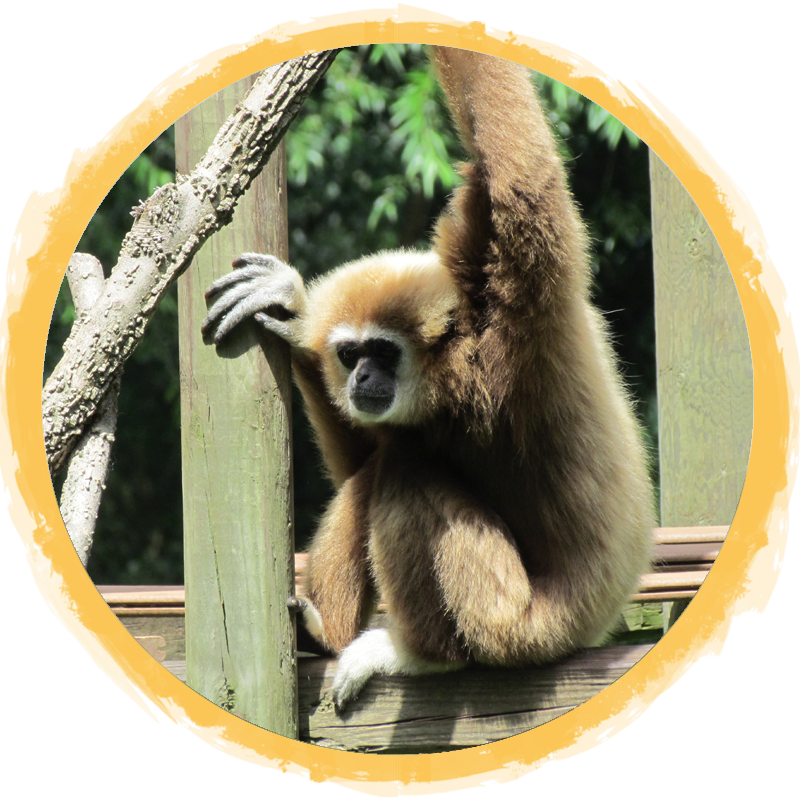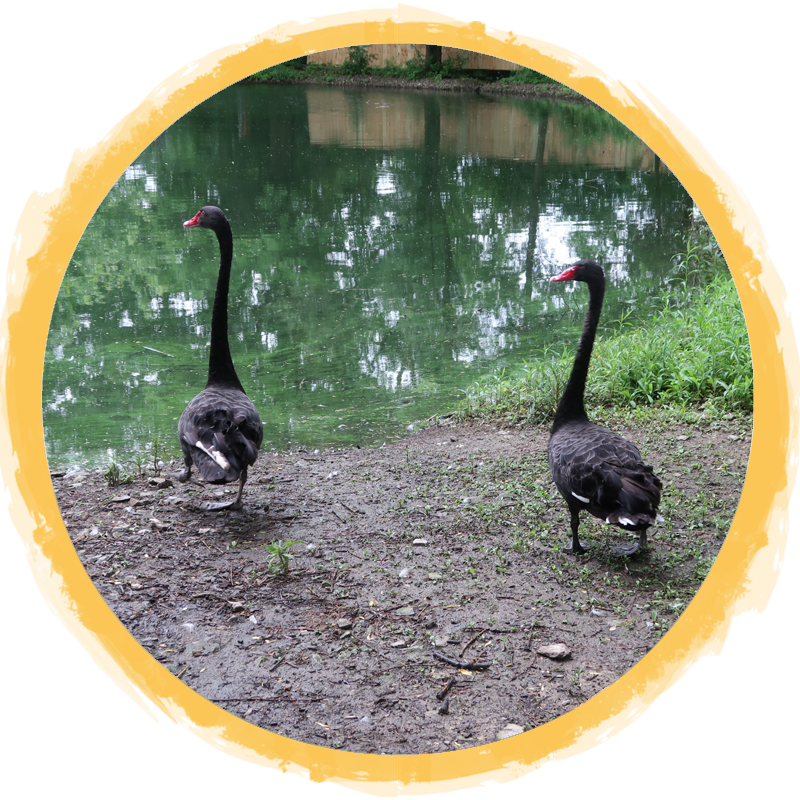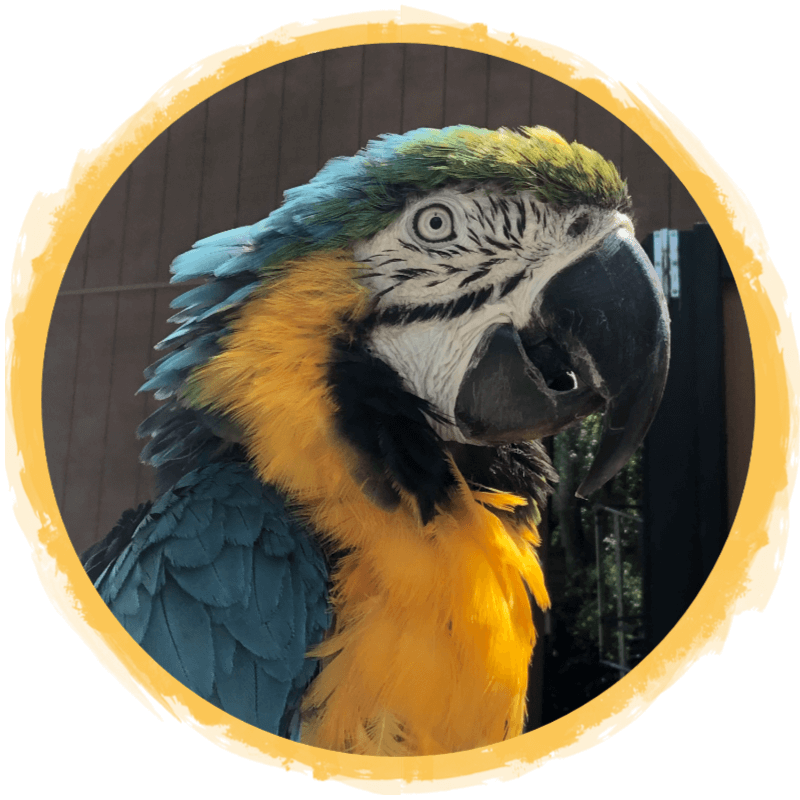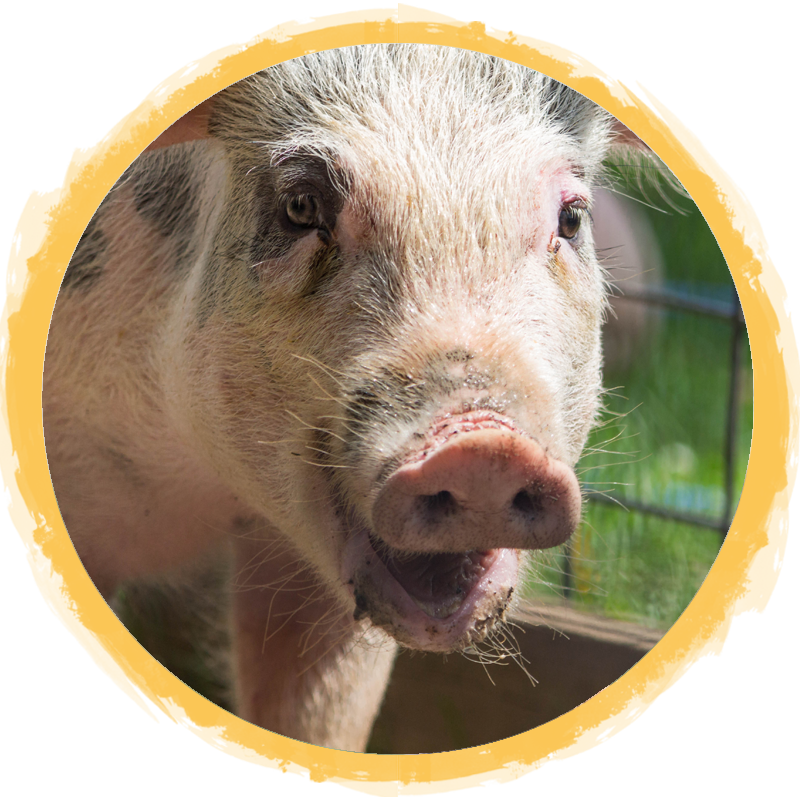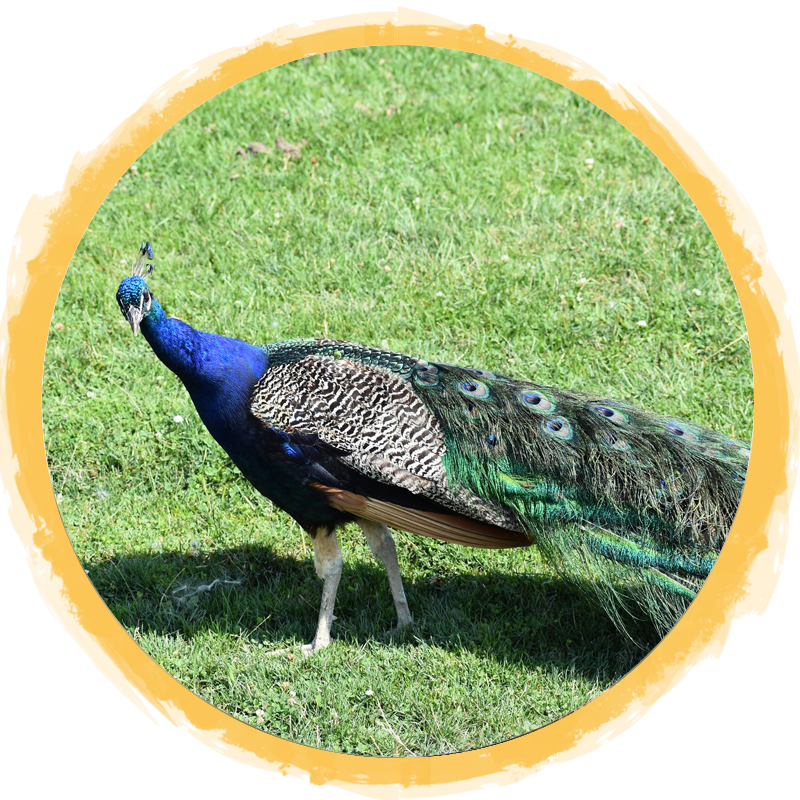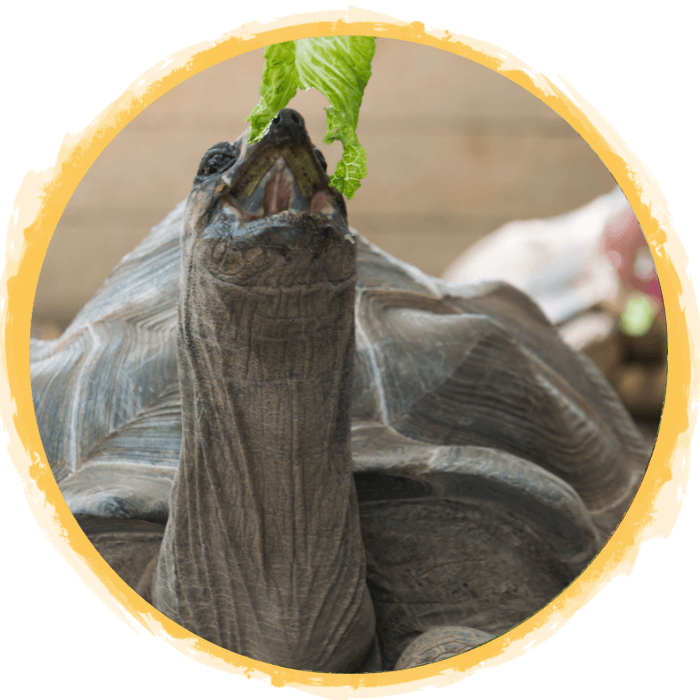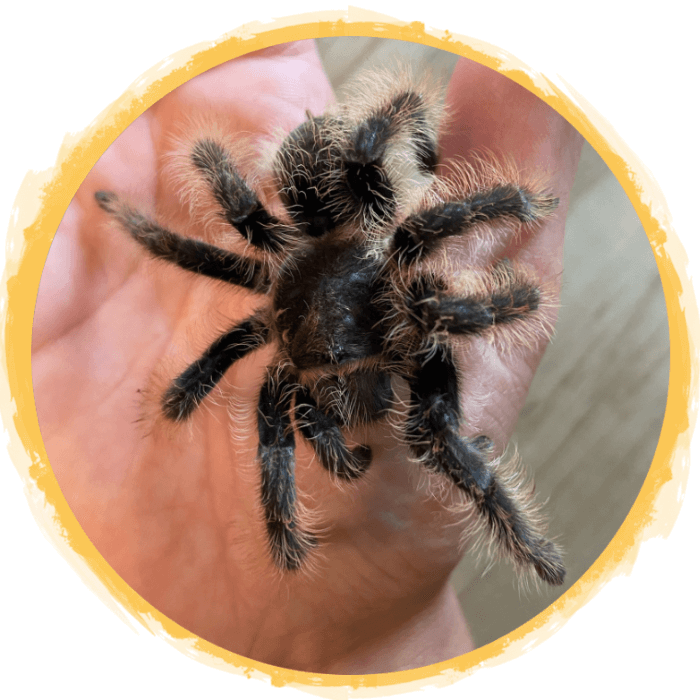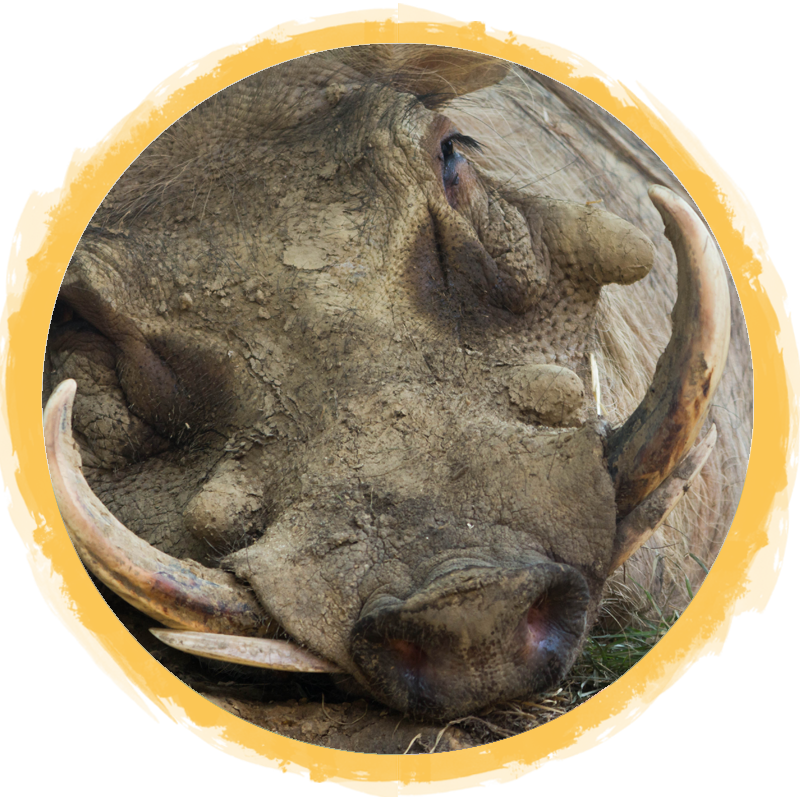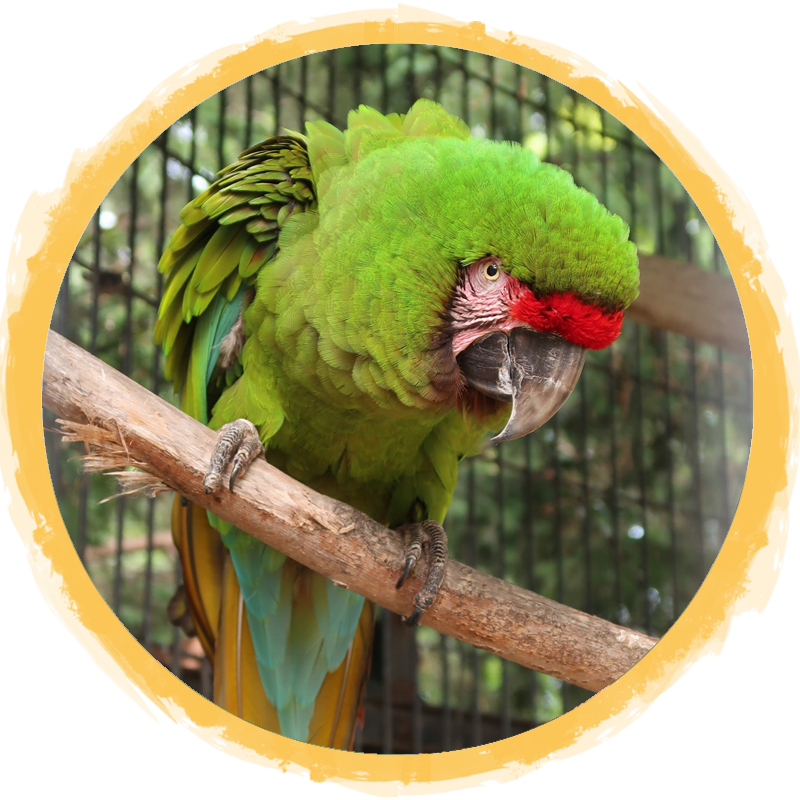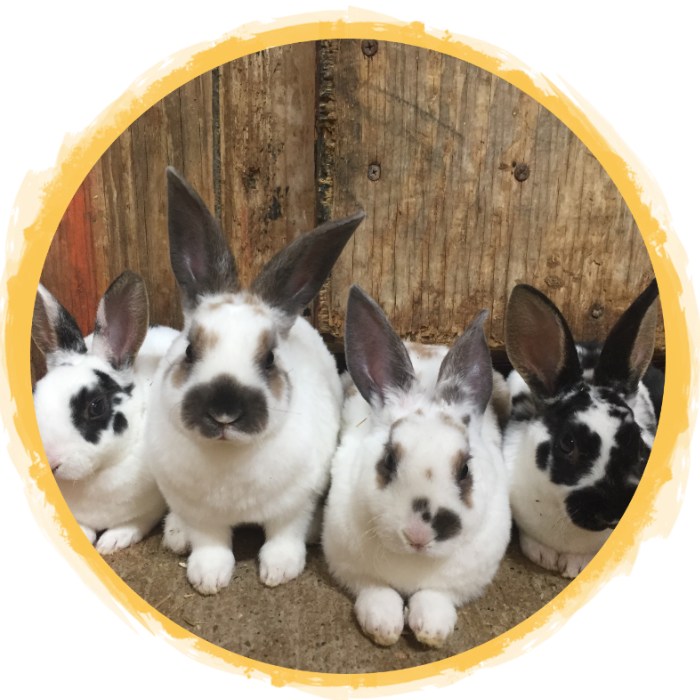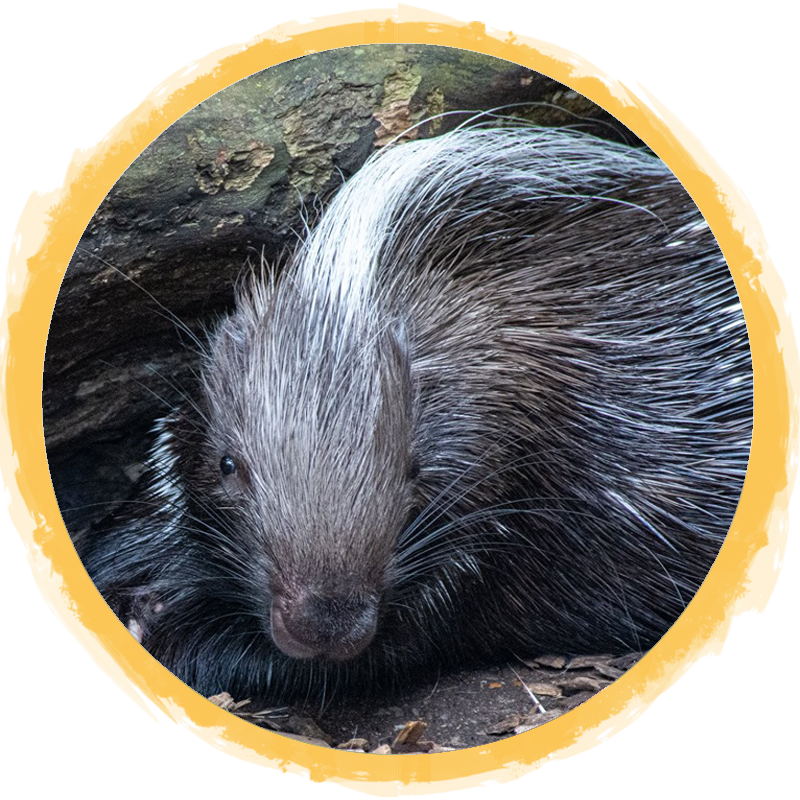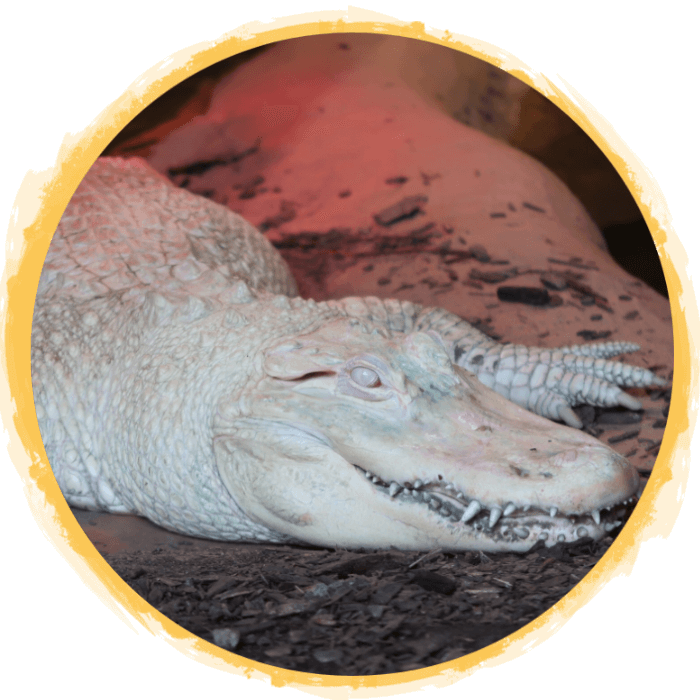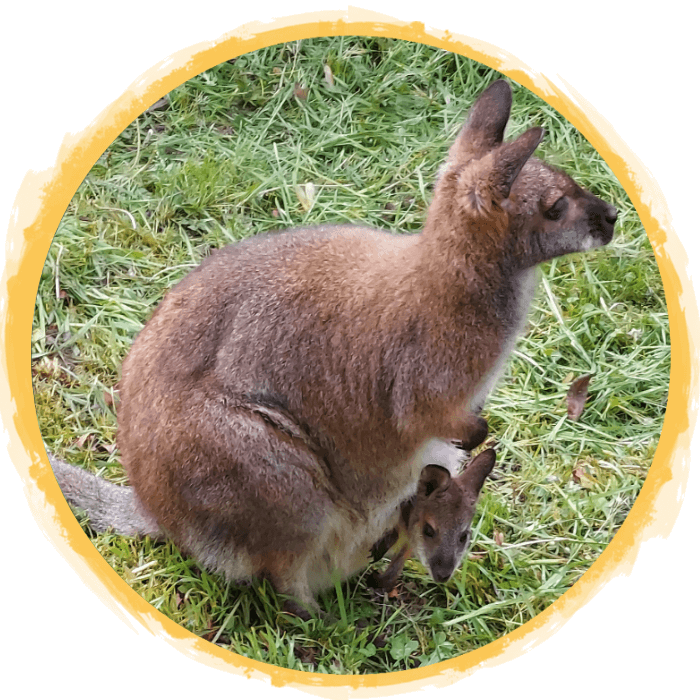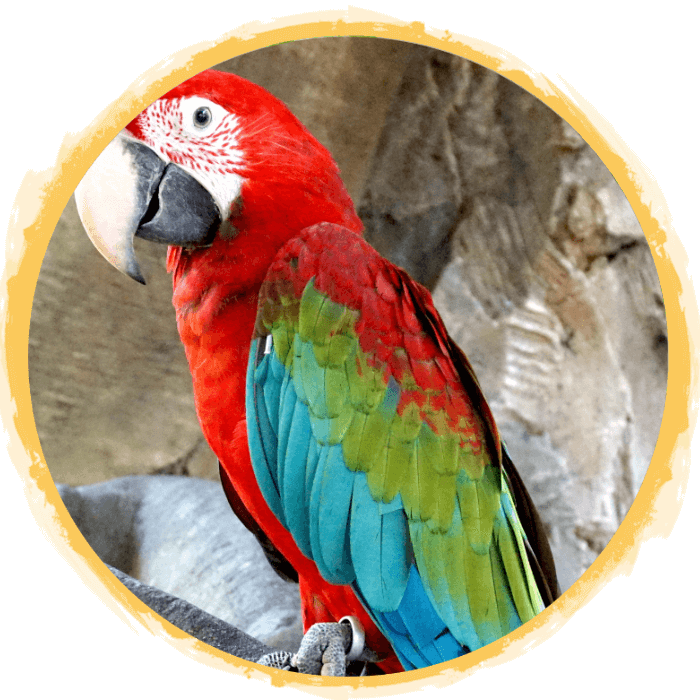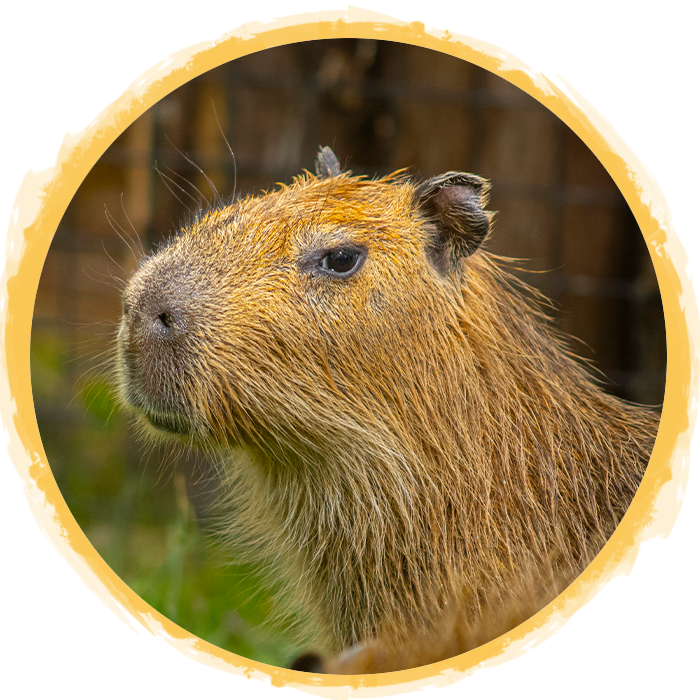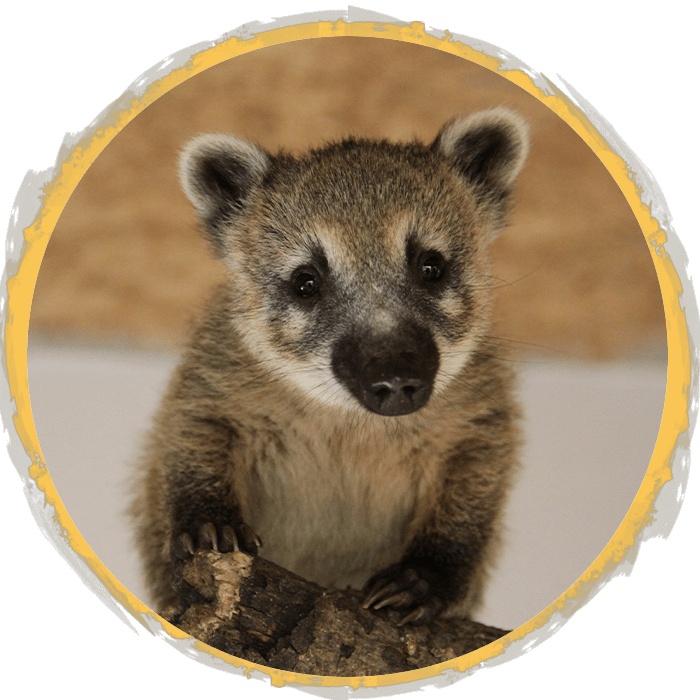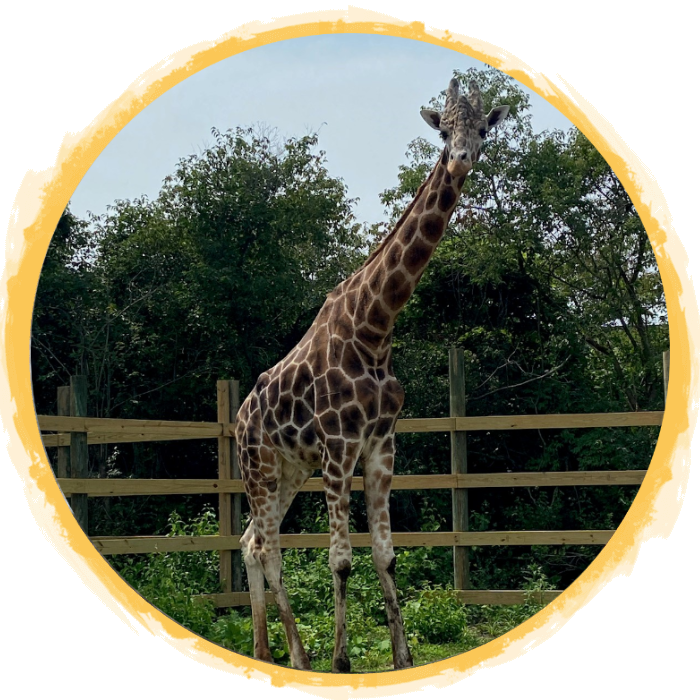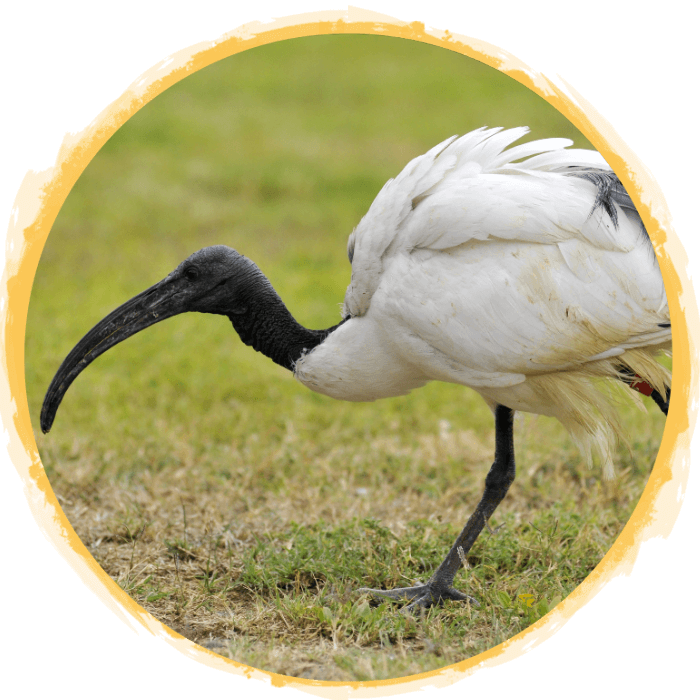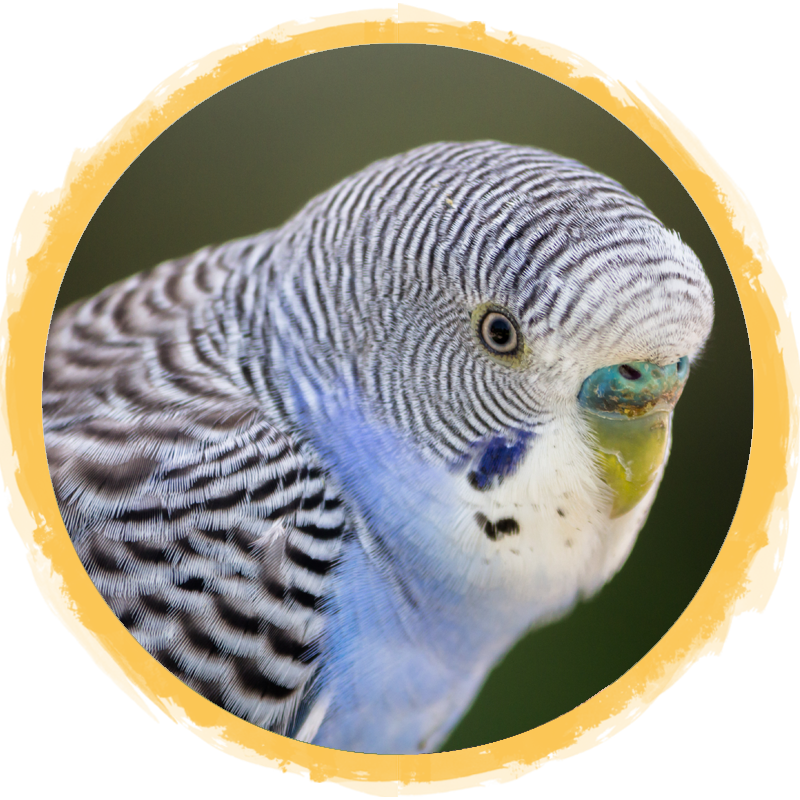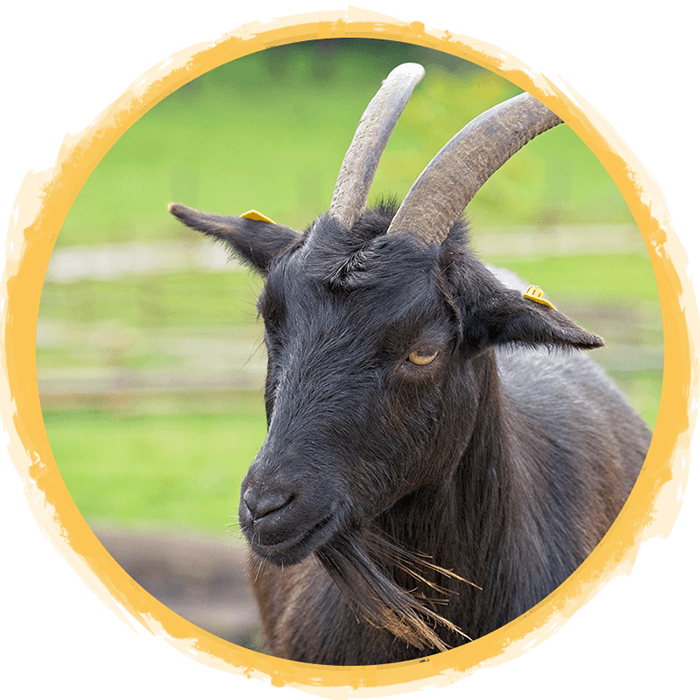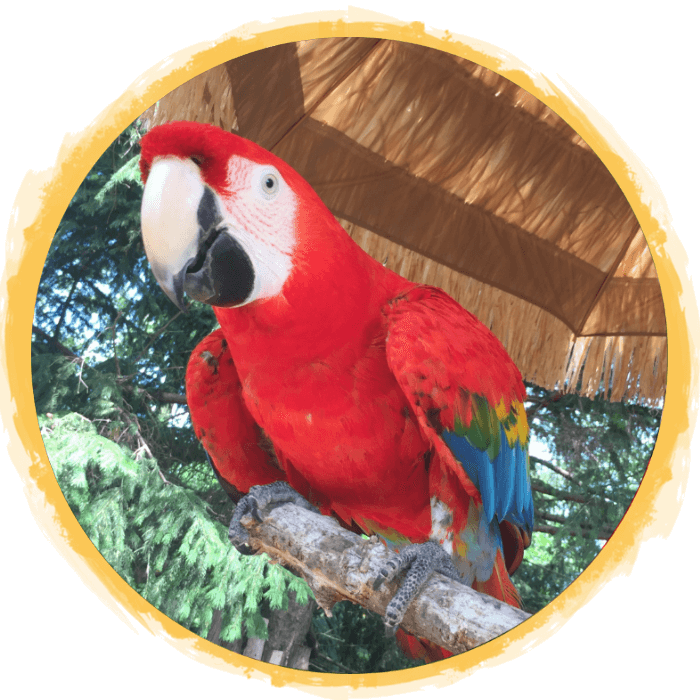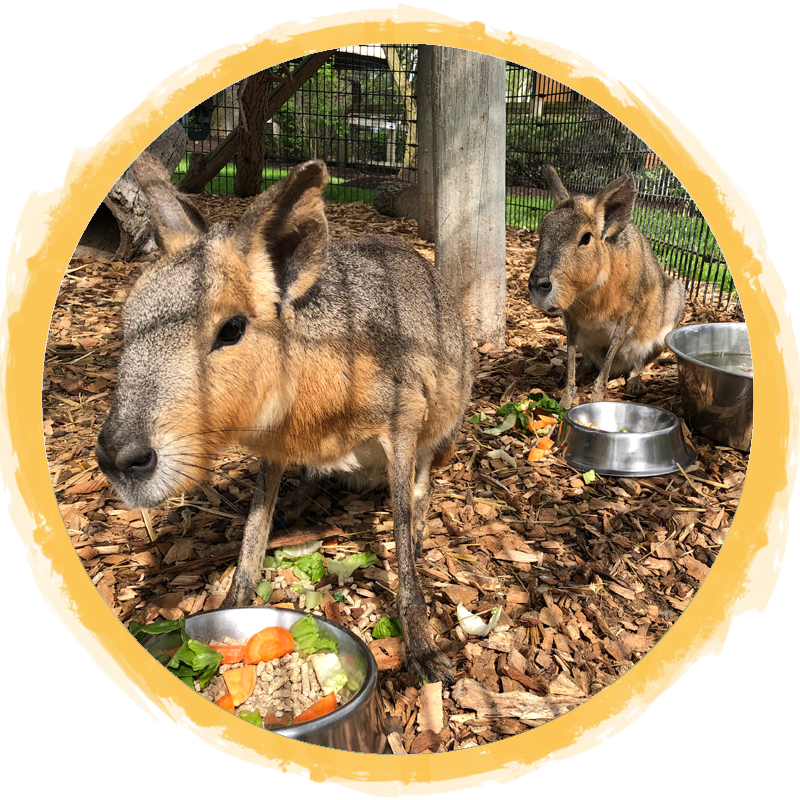(Dama dama)
Also in the deer family, Cervidae, Fallow Deer were originally native to Europe. Due to introductions, they may now be found in South America, South Africa, Madagascar, Australia, New Zealand, Canada, the USA, Peru, and countries in northern Africa.
Male Fallow Deer are known as bucks and grow and shed antlers every year. Bucks only produce full antlers after they have reached 2 years of age. They typically live in herds of 10-50 animals and they hide their fawns in dense vegetation. Also, they have excellent vision and are great swimmers which can help them avoid predators. Fallow Deer are mainly active at dusk and dawn and are a relatively shy species.
Fallow deer mate from September to November, and births usually take place Late May through June. Like many deer species, sparring may take place between males to fight for breeding rights. If you see deer fighting in the Safari, that is a totally natural behavior!
You know I am a Fallow Deer if I have a spotted coat, with a black and white tail and a black outlined white rump. We keep our spots into adulthood and we also have more broad plated antlers than other deer.
There are many color variations in Fallow Deer, with the four main variants being: common (brown coat with white spots and a black stripe on the tail), menil (no black appearing on tail, spots are more distinct), melanistic (all-black coat with no spots), and leucistic (all-white fur, no spots, but not albino).
The main threats to fallow deer are intensive hunting, habitat loss, fragmentation, and competition with livestock.
Fast Facts
Country of Origin: Europe, Australia, New Zealand
Weight: 66 - 330 lbs
Size: 33 - 37 inches tall at the shoulder
Lifespan: 12 - 16 years
Diet: Grazing animals - fallow deer will feed on grasses, bark, berries, shrubs, roots, and more.

